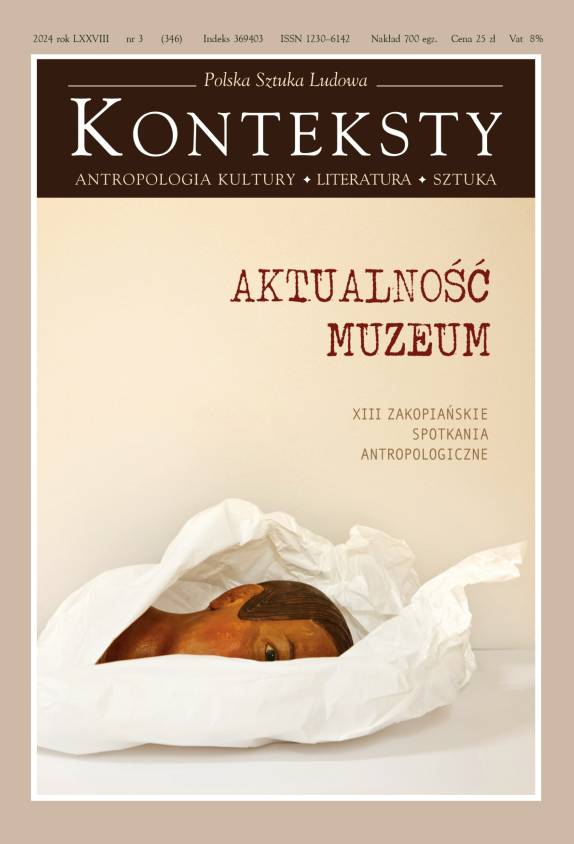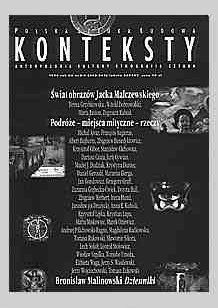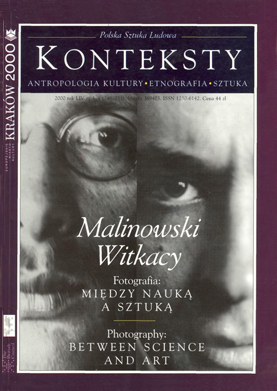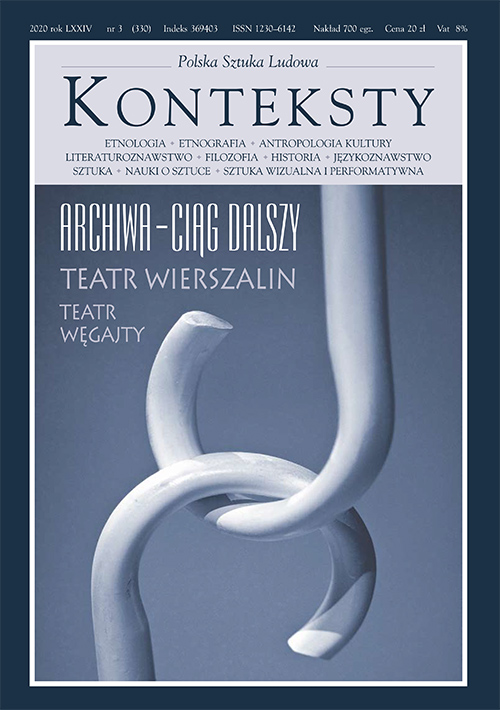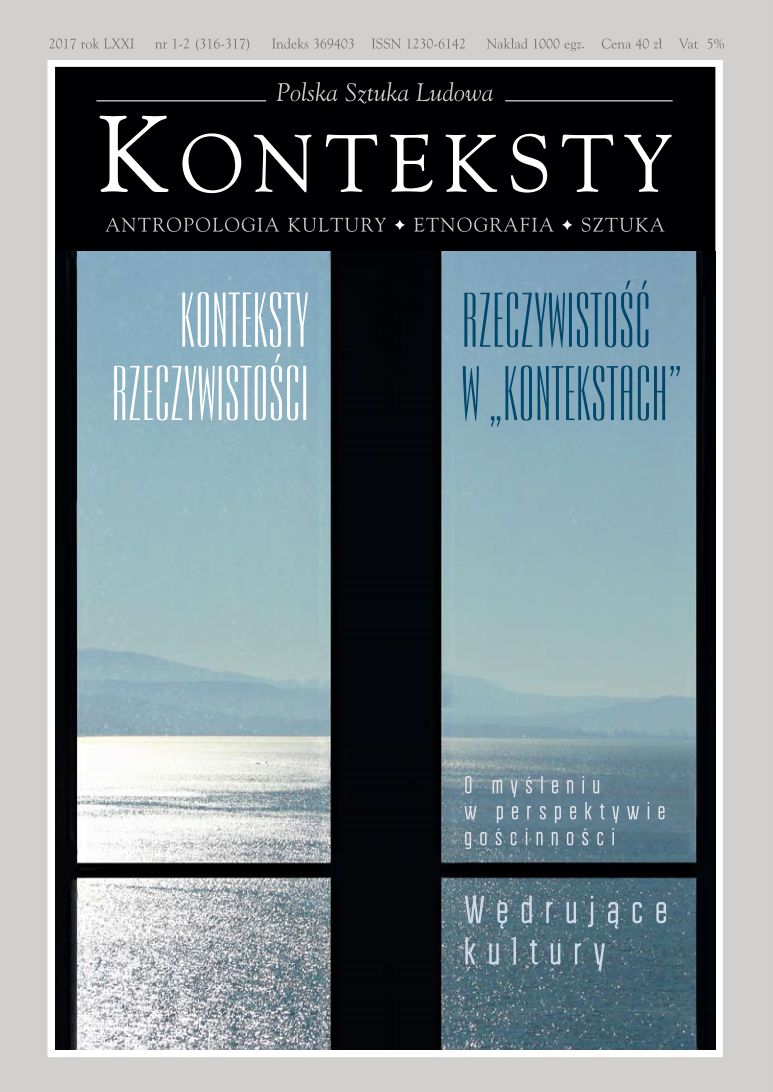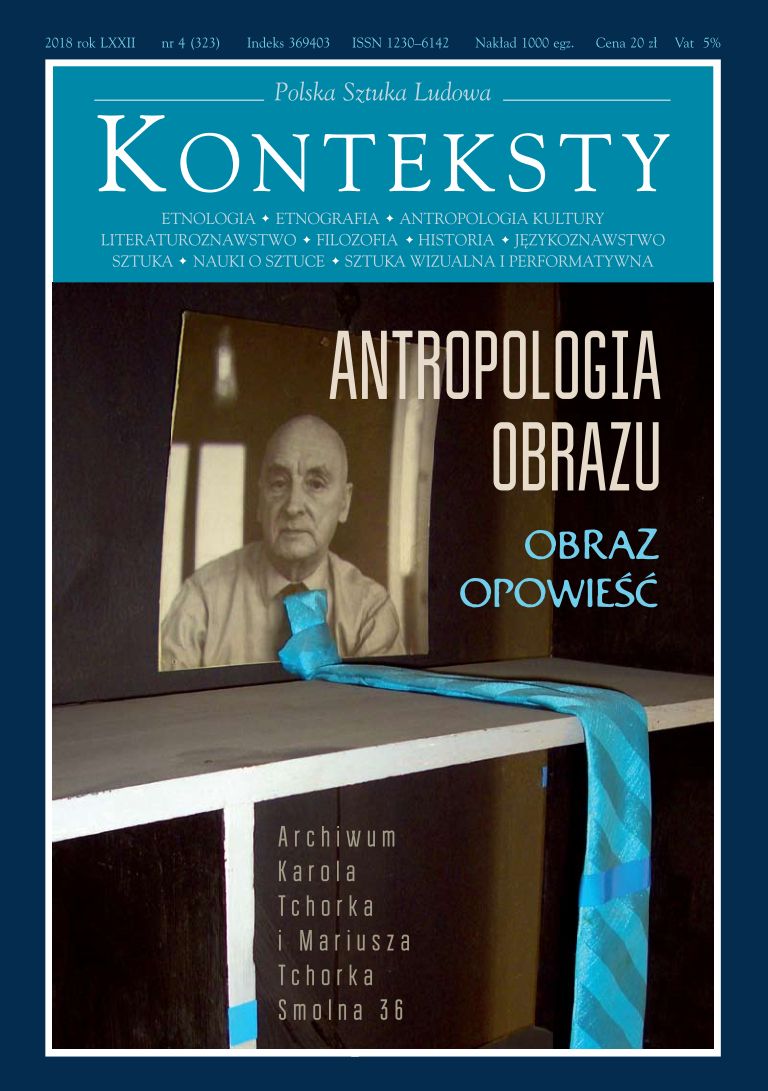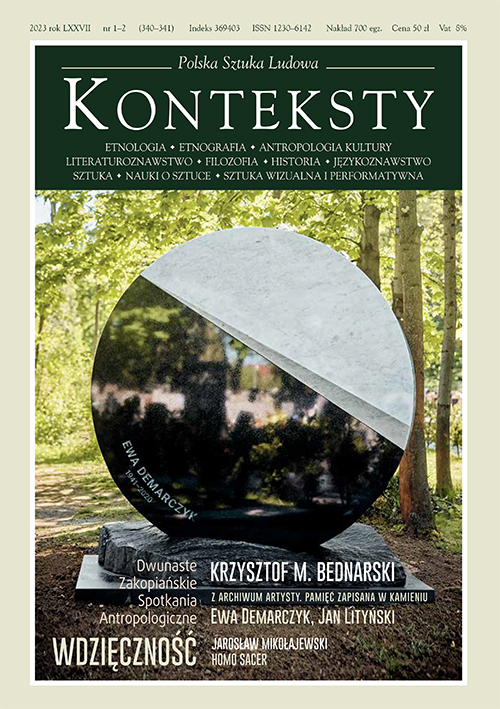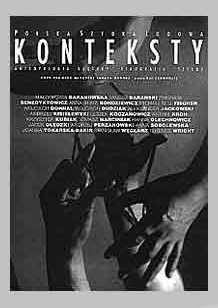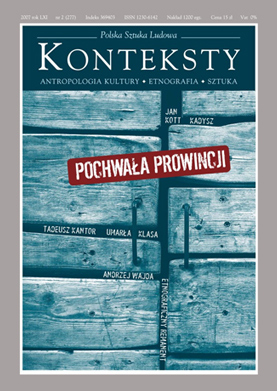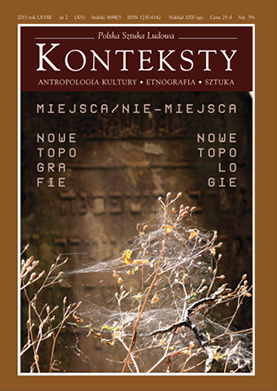Issue 2006/3-4 (274-275) - Magdalena Abakanowicz

| Zbigniew Benedyktowicz | Why Abakanowicz?  | 5 |
The answer to the titular question (and the reason for the publication of this issue) is obvious. In the autumn of 2005 Magdalena Abakanowicz received the highest prize awarded to living sculptors by their milieu – the highly prestigious International Sculpture Centre’s Lifetime Achievement Award, presented in New York . In November this year, at the same time when this issue is to appear, the Agora project – a composition of a hundred figures cast in iron – will be installed and opened to the public in Grant Park ( Chicago ). We would like this monographic and bilingual issue devoted to the Artist and her oeuvre, containing texts frequently scattered in assorted catalogues supplementing her successive exhibitions, as well as her own texts and declarations, not only to commemorate Magdalena Abakanowicz but also to accompany her in consecutive shows planned for the coming years. The number of tasks posed by the nearest future – new projects, shows and commissions – appears to be overwhelming… A special feature of the discussed oeuvre lies in the ways in which it is experienced and understood all over the world. The art of Magdalena Abakanowicz possesses its own profound anthropological, symbolic and universal dimension. In this fashion, the presented issue, thanks to the collected texts interpreting her works and the statements made by the artist herself, has become a significant part of a series of our most recent fascicles on the anthropology of the image. It also situates itself in the very centre of our anthropological discussion. Suffice to mention the realizations of various Abakanowicz projects introduced into the landscapes of Tuscany, Japan and Lithuania, and more broadly: Europe, Asia, Australia, and America, to immediately ask about the way in which this art, so deeply embedded in the individual experiences of its author and so closely connected with local culture and experiences, manages to produce such a response among other cultural environments. If the essence of anthropology lies in dialogue, then the works of Magdalena Abakanowicz fully deserve to be described as anthropological art, not merely due to their dialogical character. Their force also lies, as the authors of many of the presented texts noted, in the restoration of the universal dimension, so frequently omitted in latest anthropological interpretations, a trait underlined by Mary Jane Jacob in her study about the Wild Flowers series of drawings (cf.: Flos vitae: Flowers of Magdalena Abakanowicz). ”The validity of the universal view has been challenged and in many ways stripped of its pre-eminence in recent decades. Critical theory has deconstructed the universalizing impulse, revealing it as generalizations of implicit colonialist arrogance. Culturally specific, site specific, locally specific, community specific: these are the terms that have come into use to differentiate peoples, their cultures and their aesthetic sensibilities. We have recoiled from the “universal” as a functional concept in our multicultural, pluralistic world. Yet some artists – of which Abakanowicz figures among the very few of our time – remind us that “universal” is not a passé notion but an idea essential to the understanding of our humanity. In revealing the aspects we share, the artist plays a critical role in society. Through the singular example, Abakanowicz speaks of all in the genus. A drawing of a flower is never of a particular plant, just as each of the Faces (1981) in her earliest cycle of major drawings are never portraits. Rather, the content of her flowers is of indisputable universal relevance: birth and death, pain and suffering, endurance and transcendence. So one flower tells of all life as one speck of sand tells of the earth and passage of time. Monumental, not delicate in scale, they have a presence that is capable of taking on other images and more profound themes. In their multiplication, these flowers (or faces and heads, or bodies and backs throughout her oeuvre) comprise a morphology, as the range of forms are not only variants of one another but also transfigurations that move between the micro- and macrocosmic worlds.(…) For Abakanowicz (…) ambiguity allows for self-identification and collective empathy.” The editors express their gratitude to all the authors of the collected texts and the photographs, as well as the publishers whose consent to include original versions of the texts and their translations into Polish and English has greatly contributed to the appearance of this issue. Special thanks go to Danuta Wróblewska and Wiesława Wierzchowska for their inspiration and initiative, and to Ms Katarzyna Staniszewska and Artur Starewicz for their valuable editorial cooperation. | ||
| Suzanne Pagé | 7 | |
| Mariusz Hermansdorfer | 9 | |
| Ryszard Stanisławski | 19 | |
| Wojciech Krukowski | 23 | |
| Magdalena Abakanowicz | 27 | |
| Magdalena Abakanowicz | 35 | |
| Magdalena Abakanowicz | 39 | |
| Magdalena Abakanowicz | 41 | |
| Magdalena Abakanowicz | 47 | |
| Magdalena Abakanowicz | 49 | |
| Magdalena Abakanowicz | 53 | |
| Magdalena Abakanowicz | 57 | |
| Magdalena Abakanowicz | 59 | |
| Magdalena Abakanowicz | 61 | |
| Magdalena Abakanowicz | 65 | |
| Magdalena Abakanowicz | 69 | |
| Magdalena Abakanowicz | 73 | |
| Magdalena Abakanowicz | 75 | |
| Magdalena Abakanowicz | 77 | |
| Magdalena Abakanowicz | 79 | |
| Magdalena Abakanowicz | 83 | |
| Magdalena Abakanowicz | 85 | |
| Magdalena Abakanowicz | 87 | |
| Magdalena Abakanowicz | 89 | |
| Magdalena Abakanowicz | 93 | |
| Magdalena Abakanowicz | 97 | |
| Magdalena Abakanowicz | 99 | |
| Magdalena Abakanowicz | 101 | |
| Michael Brenson | 105 | |
| Mary Jane Jacob | 121 | |
| Magdalena Abakanowicz | 129 | |
| Jasia Reichardt | 141 | |
| J. Seward Johnson, Brooke Barrie | 151 | |
| Jacquie Asplundh | 155 | |
| Ryszard Stanisławski | 159 | |
| Suzanne Landau | 163 | |
| Danuta Wróblewska | 165 | |
| Michael Brenson | 169 | |
| Andrzej Pinno | 173 | |
| Michael Brenson | 175 | |
| David Robinson | 183 | |
| Joseph Antenucci Becherer | 187 | |
| Karolina Hübner | 199 | |
| Karolina Hübner | 205 | |
| Ewa Bielowska-Nowak | 209 | |
| Monika Małkowska | 213 | |
| Magdalena Abakanowicz | 219 | |









